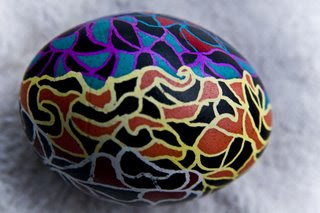 |
| "Body of Christ"- My needlefelted picture of a pruned grapevine framed by grape clusters hidden by leaves |
“Love is not a duty it is our destiny. It is the language that Jesus spoke and we are called to speak it so that we can converse with him. It is the food that they eat in God’s new world, and we must acquire a taste for it here and now. It is the music God has written for all his creatures to sing and we are called to learn it and practice it now.”
- NT Wright, Surprised by Hope (and great book!)
 |
| A page from my sketch book drawn over thirty years ago |
So how can we learn to live as wide-awake people, as Easter people? ... In particular if Lent is a time to give things up, Easter ought to be a time to take things up ... If Calvary means putting to death things in your life that need killing off if you are to flourish as a Christian and as a truly human being, then Easter should mean planting, watering, and training up things in your life (personal and corporate) that ought to be blossoming, filling the garden with color and perfume and in due course bearing fruit”
Ibid
 |
| A quick painting I did at a retreat about a decade ago |
“Jesus is risen, therefore God’s new world has begun. Jesus is risen, therefore Israel and the world have been redeemed. Jesus is risen, therefore his followers have a new job to do. And what is that new job? To bring the life of heaven to birth in actual, physical earthly reality.”
Ibid
 |
| Wool seed pod and flower people I put out about the house every Spring - New Life! |

























